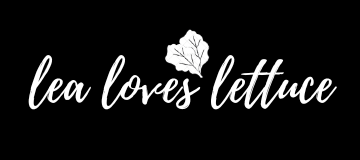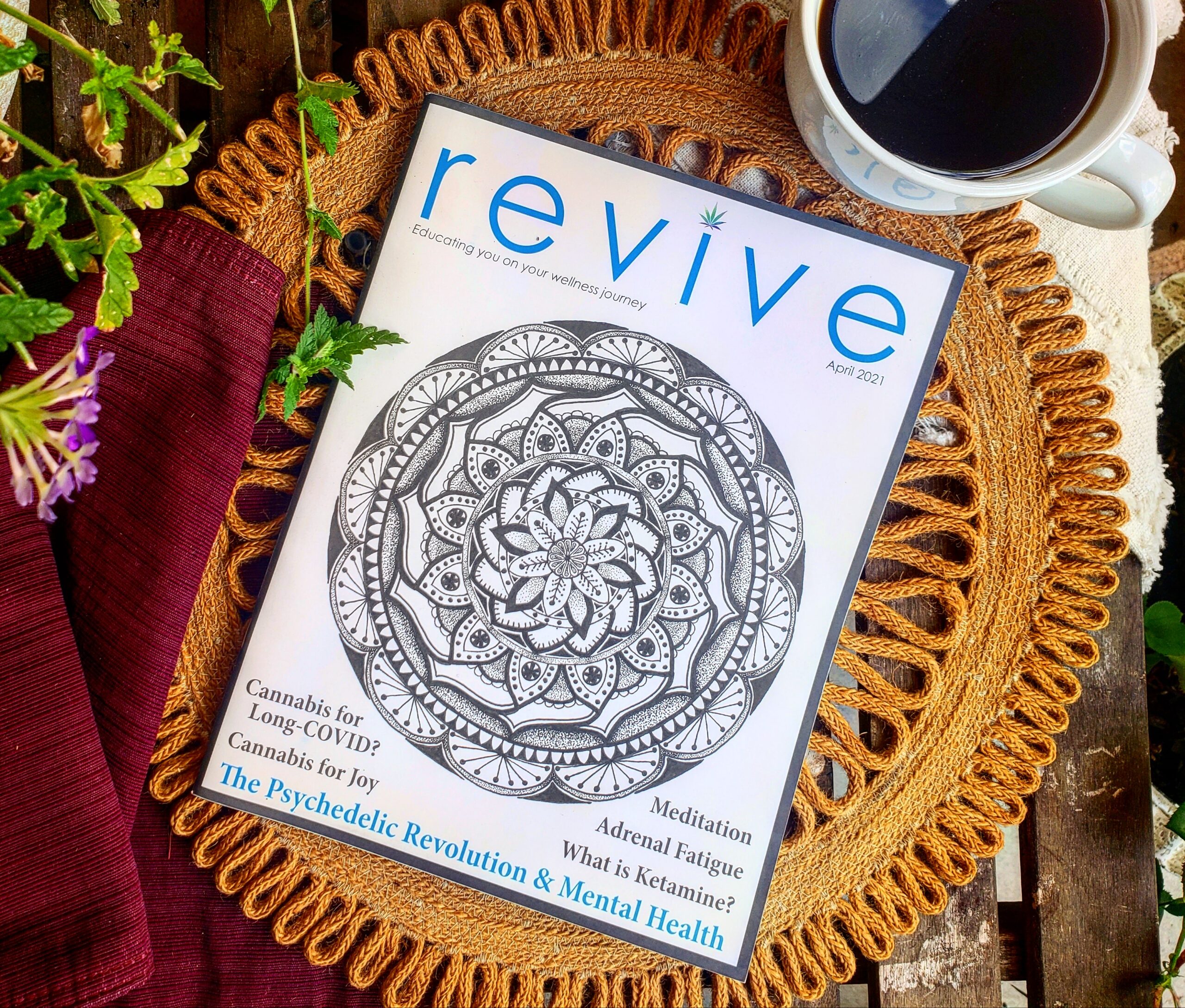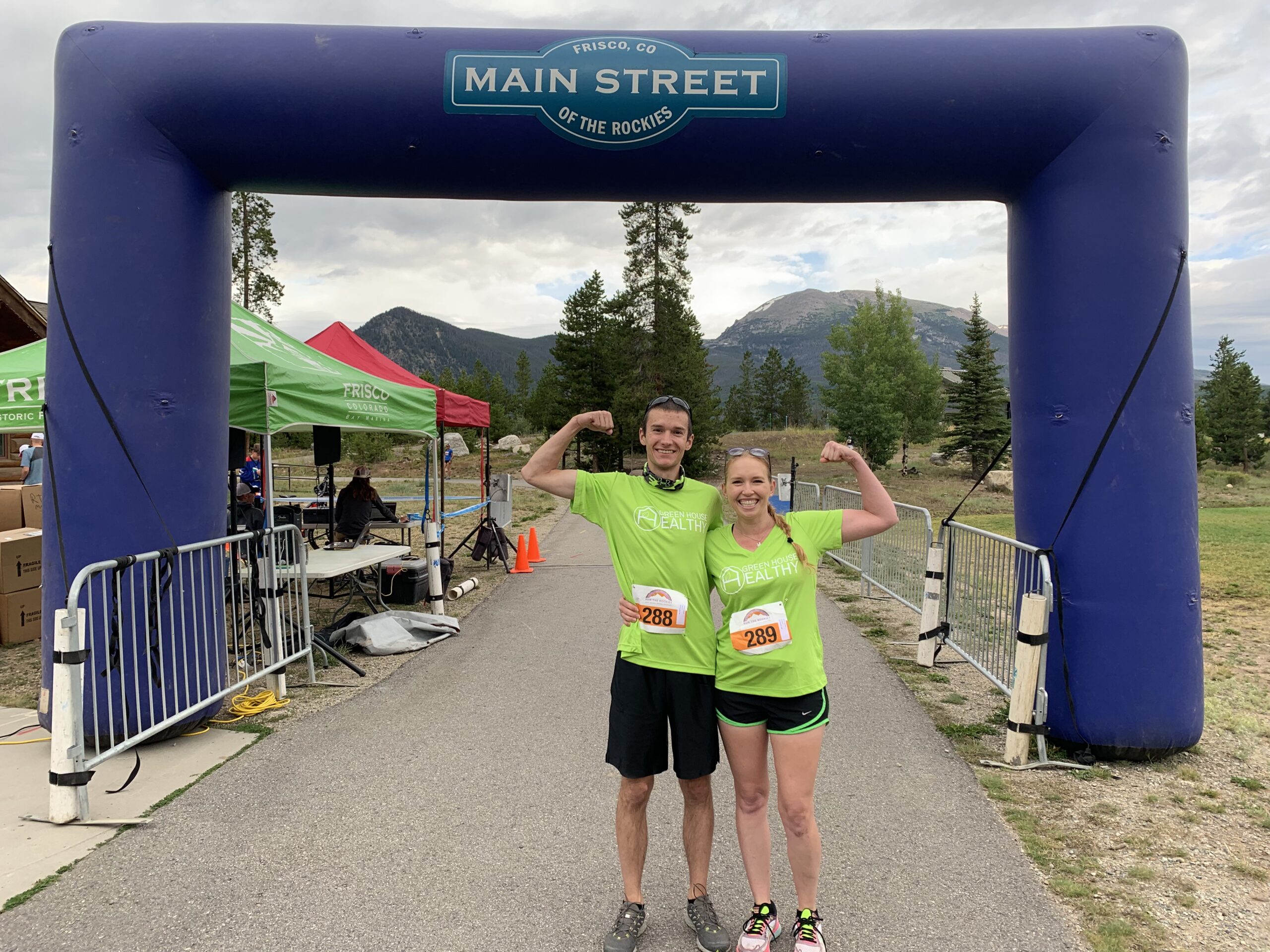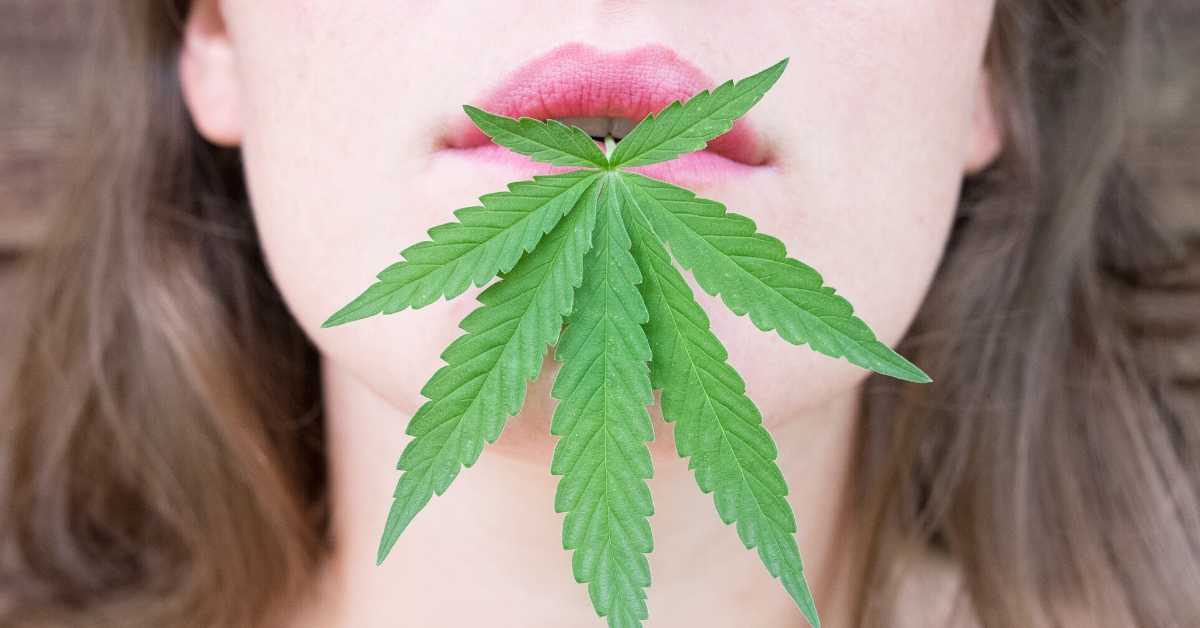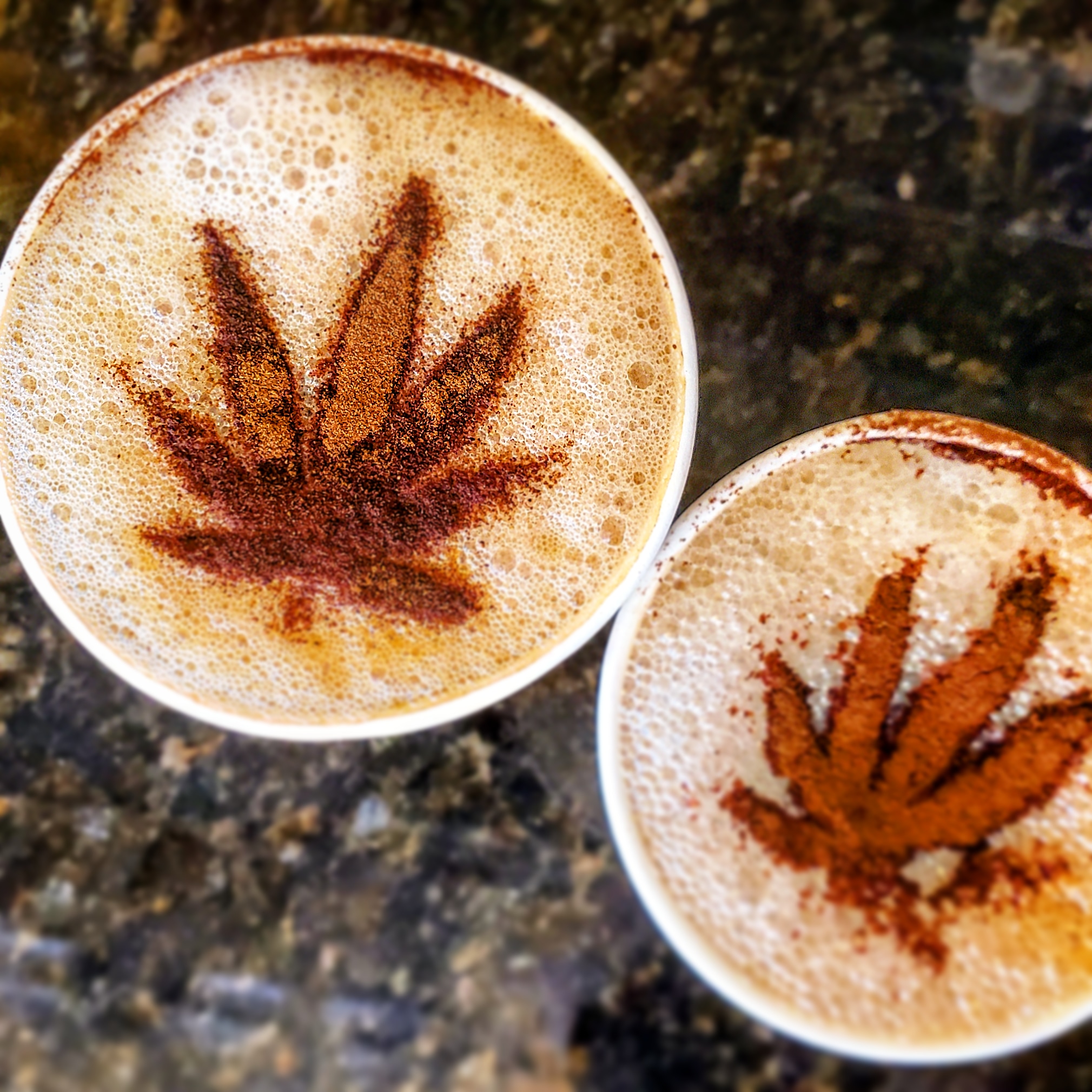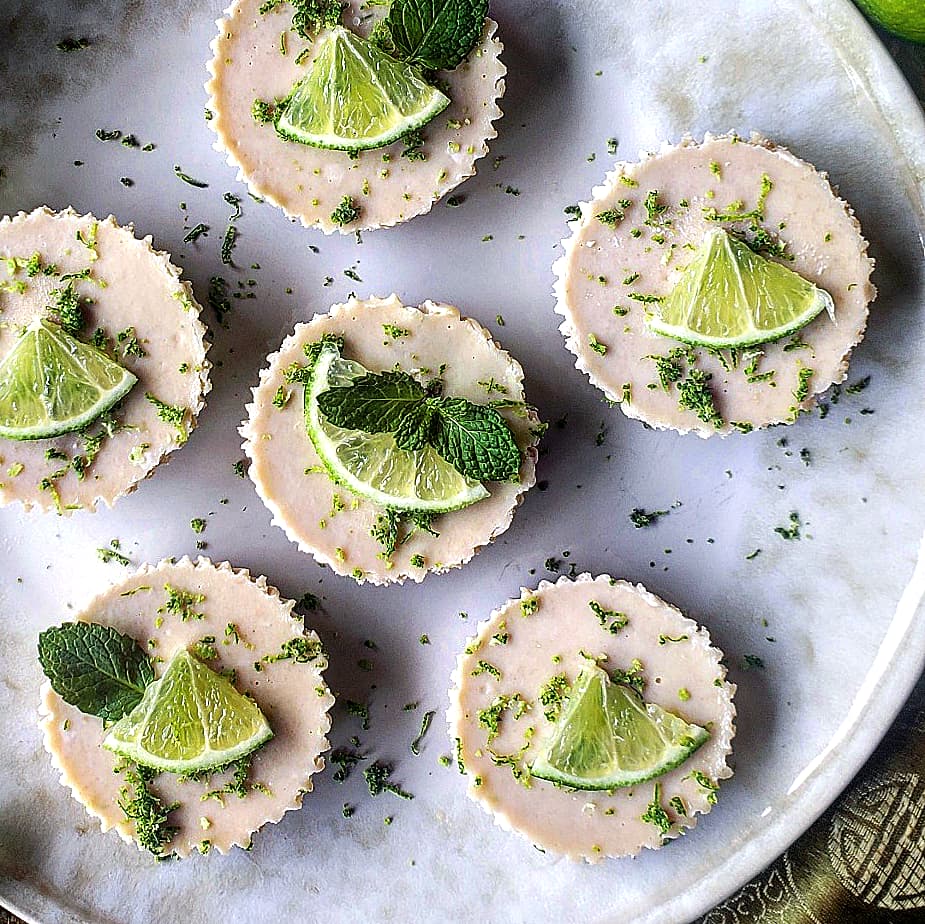
When I was 19, I fell in love with a stoner boy.
He was a Chicago deadhead who lived and breathed cannabis culture. I was a vegan art major with an incurable wanderlust. We met on a sunny Illinois afternoon at the renaissance festival where I worked during Summer break, and immediately clicked.
On our first date, he picked me up in his olive green ’78 Ford Magnum to see a Grateful Dead show at Alpine Valley music stadium. We listened to Deep Purple 8-tracks while flashing peace signs to every middle finger on the rush-hour ride down 45 South. We danced, lost the car in the parking lot, and laughed for miles while listing our countless shared interests. Our similarities seemed to stretch as far as the miles we walked.
The only thing we didn’t have in common was a shared love of weed.
You see, like many patients, my affair with cannabis wasn’t love-at-first-sight. Our relationship grew and developed slowly over time. Cannabis was the quiet kid in the back of the classroom with the bad reputation and the good heart (who smelled AMAZING). I was the cautious, shy teenager who was fascinated, but not ready to introduce myself.
Despite my lack of firsthand experience, I had no problem with being around cannabis. As I learned during the duration of our courtship, I much preferred a room full of stoned mutual friends to a bar full of people drinking alcohol. There was a distinct difference in both energy and behavior when comparing the two. It seemed to me that drunk people became the most honest versions of themselves in the worst kind of way. People who smoked weed simply got hungrier, sillier, and more open to the deep conversations I easily resonated with. I was an old soul who understood the importance of expanding the mind through experimentation, but I also wanted to wait until I had some years behind me before experiencing an altered state of mind – and all the responsibility that came with it – for myself.
The problem with cannabis, for me, was fear: Growing up in the eighties and early nineties, the war on drugs was in full-swing. Propaganda promoting the apparent dangers of the controversial plant punctuated every TV show and classroom activity. Voices of authority figures – from police officers to teachers to actors and musicians I loved – warned of the apparent dangers of marijuana specifically. At that time, the internet was still emerging. If there were books on the subject, they were certainly not lining the crowded, dusty library shelves of my small college in rural Wisconsin. Cannabis education in the way it exists today was not accessible to the average person in the Midwest. The resulting misguided stigma around weed was a strong, and very real, driving force in the collective mind of my community that drowned out any interest I had in exploring its virtues.
Even so, something about the plant always called to me – and its voice became stronger with every weekend trip to Chicago. When he returned from work on Friday evenings, I’d watch my boyfriend intently as he sparked a flame over his first bowl and drew in its hazy perfume. His change in demeanor fascinated me: Tight shoulders relaxed, eyes softened, and he became more present. Despite all warnings to the contrary, the effect I observed wasn’t harmful – it was healing. When he wasn’t looking, I’d sometimes play with the fragrant flowers left in jars around his room. I wanted to light them as incense and enjoy the varied aromas. I wanted to learn where the flowers came from and how they were grown – and I wanted to understand why this mysterious and healing herb was illegal, because something didn’t measure up.
Regardless of these early reflections, I still wasn’t ready to try it for myself. My boyfriend understood. His friends, however, did not. One night, stuffed like cigars between the dimly-lit walls of his smoky bedroom, eight other people joined us for a night of games and casual toking. His friend, on seeing me pass the joint without puffing, said, “You don’t smoke?”
“No,” I said. “But I love the smell.”
The resulting look on his face told me everything I needed to know about the tightly-knit, protective nature of cannabis culture in states that haven’t yet legalized its use. Wherever weed is illegal, you will surely find an unspoken circle of camaraderie and trust amongst its users. Knowing someone smokes is knowing you share a very special secret – one that must be safeguarded at all times in order to protect your individual and shared interests. In his mind, I had infiltrated his circle of cannabis-loving companions. I’ll never forget the way his wide-eyed panic melted into defensive disgust as he looked me dead in the eyes and sneered, “Well what the hell is the point of that? What are you even doing here?”
The room fell silent. At the time, I was embarrassed and deeply offended; but now, I understand what he was really trying to say: “But cannabis is good for us and it makes us feel good, too. Why would you ever be afraid to try it? And if you are afraid, should I be afraid of you?”
This experience would eventually become central to my understanding of how deeply the stake of cannabis stigma was driven into the heart of my country. It would also be the turning point in which I realized that opening up honest dialogues around weed was the powerful, bridge-building, heart-healing elixir the thirsty world so desperately needed. But it would be many years before I had the maturity, experience, or sophistication necessary to take it all in.
After a year, my stoner boy and I peacefully parted ways for many reasons – but I’d be lying if I said that central to my feelings wasn’t a quiet fear of his cannabis use. I was young, overwhelmed by the gravity of it all, and didn’t understand what I do now.
You see, stigma is a tricky thing. Human beings don’t change our minds overnight, and we certainly don’t do it in response to external demand. We evolve slowly and through our own observations, fueled by the positive experiences of those we trust, and rooted in our own knowledge. Change – especially change in fundamental perspective – doesn’t happen overnight. Like all things in nature, it happens gently over time, and it’s often inspired by the lives of those around us.
Truth be told, I’m glad I waited until I was 23 before I smoked with a friend one night on the back porch of my first Colorado home under a low-hanging moon. I remember that moon, because it was the last thing I saw before waking up from my first-by-memory eight-hour night of rest. I hadn’t tossed and turned in hip pain. I hadn’t woken up from PTSD nightmares five times. I just…slept. Cannabis was a medicine, and now I understood. But I had to get there in my own good time, and on my own terms.
Many years have passed since my then-boyfriend and I first met. He is now happily married to a wonderful woman and I am in a beautiful partnership with a man I love. He’s still a deadhead, and I’m still an artist with a love of traveling. We still catch up now and then, and he’s poked gentle fun on more than one occasion of the irony of my career choice. I don’t think either of us could have guessed I’d be spending my adult years consulting with medical cannabis patients by day and smoking joints every night. But I also never thought I’d find a medicine that could simultaneously benefit my body and my heart.
Sometimes, we just have to come to our own understanding of things. It takes time, and it takes a lot of love. But eventually, we get there. Perhaps the only thing that we can be sure of in life is that it will surprise us. You never know when you may have a change of heart – or when a loved one might change theirs.

